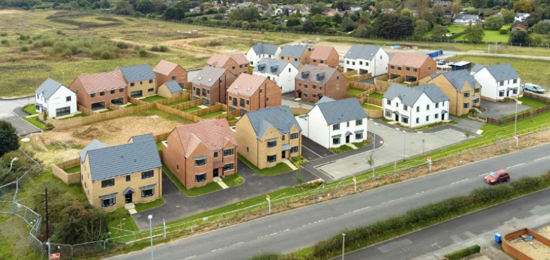Homes for London – What the new support package could mean for property developers
The Mayor of London and the Government have announced a package of measures to unlock housing delivery across the capital — prompted by data showing that more than a third of London boroughs recorded zero housing starts in the first quarter of this year.
This initiative marks a pragmatic reset for the capital’s development landscape. By temporarily easing CIL, simplifying planning routes, and greater design flexibility, policymakers are signalling a clear intent to get viable projects moving again. For SME developers, this combination of relief and flexibility could make the difference between schemes that pause and those that progress.
We are assessing how these changes can be integrated into funding solutions to help our clients seize this time-limited opportunity. The table below summarises the key measures and their potential developer impact.
(We have not included the City Hall Developer Investment Fund, as in our experience, funding for bankable property developers is not the core challenge inhibiting site starts.)
Measure | What's Proposed | Developer Impact | Positive Impact |
CIL Relief | 50% borough CIL reduction for schemes delivering ≥20% affordable housing (with higher relief for higher affordable levels) | Reduces upfront costs and improves viability | More schemes likely to meet viability thresholds; lower cashflow pressure |
Design flexibility | Relaxation of dual-aspect, dwellings-per-core, and cycle parking guidance | Unlocks higher densities and makes constrained sites viable | Increases potential GDV and development efficiency |
New time-limited planning route | Planning consent without a viability assessment where ≥20% affordable housing is provided (with grant funding available for around half of the affordable units) | Faster certainty and reduced pre-construction costs | Reduced planning risk and earlier funding readiness |
Expanded Mayoral powers | The Mayor can now call in schemes of over 50 homes or those refused by boroughs, with streamlined decision-making | Potentially faster, more consistent approvals | Greater predictability for strategic sites |
What Developers should do now
With these measures set to take effect following consultation, developers should act early to assess opportunities and position projects for eligibility:
- Revisit previously marginal or stalled sites — the new CIL relief and planning route could make them viable.
- Engage planning consultants early to confirm eligibility for the 20% affordable housing route and related grant opportunities.
- Re-run viability appraisals to test feasibility under the revised cost and design parameters.
- Identify delivery timelines — schemes starting before the 2028 deadline will benefit most.
- Collaborate with Registered Providers early to secure acquisition agreements for affordable units and ensure grant eligibility.
We will continue to monitor policy developments closely and are ready to help developers move quickly and confidently. If you are reappraising a site, or considering a new site, our team would be pleased to review the scheme and explore tailored funding solutions.


